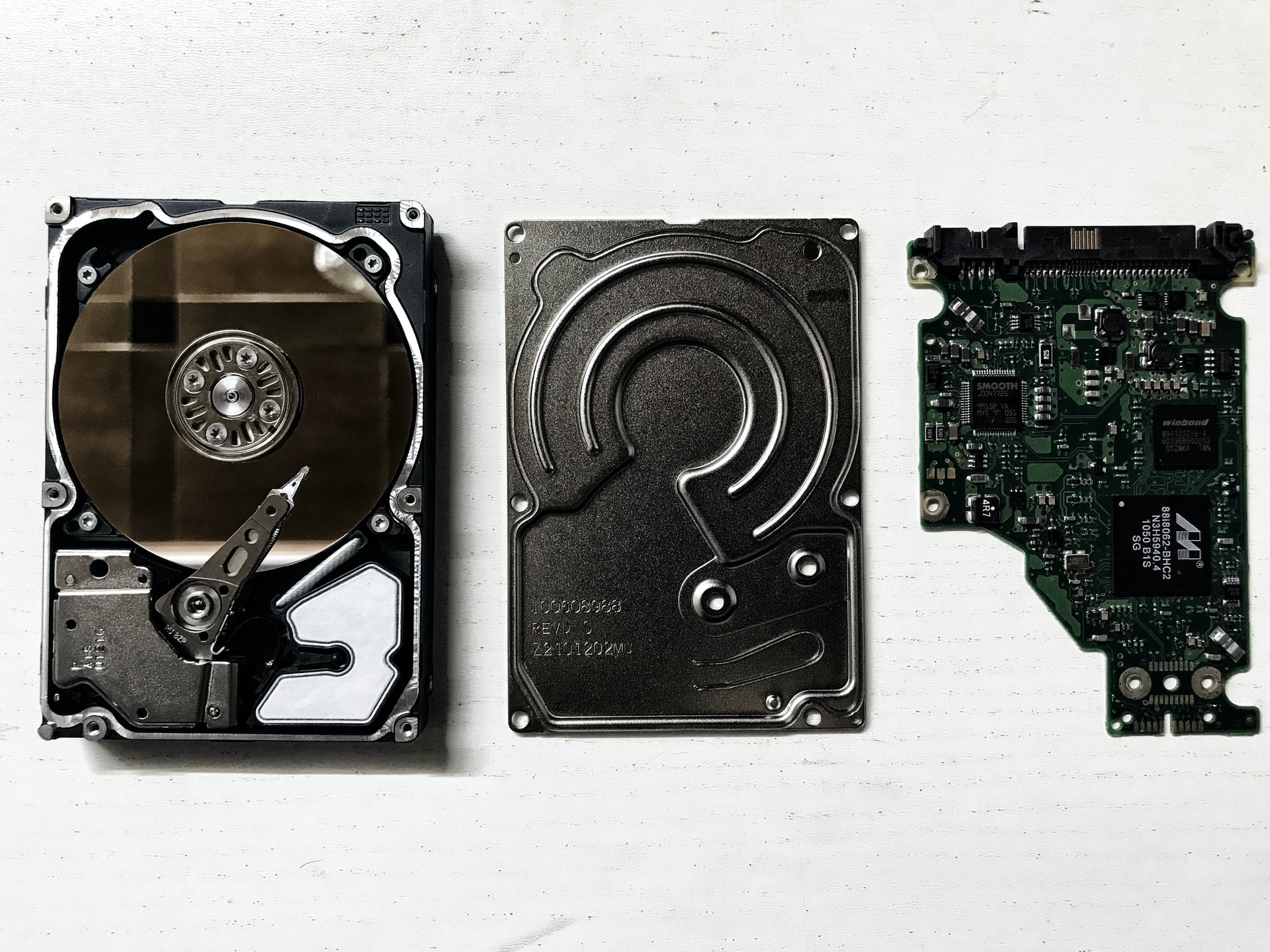ZFS takeaways
ZFS is quite a feature rich filesystem. If you’re managing a number of hard drives or SSDs, the benefits of using ZFS are numerous. For example, ZFS offers a more powerful software-based RAID than normal hardware-based RAID. Snapshotting is a powerful feature for versioning and replicating data. Data consistency is built in and automatically makes sure all data continues to stay readable over time. The pool of drives can grow or shrink while being transparent to the filesystem above it. These are only a few of the powerful features gained from using ZFS. With this power comes a fair amount of initial overhead learning about how ZFS works. Though it’s worth it if you value flexibility and your data. Here’s a number of resources and tips I found useful as I learned and used ZFS over the past few months.
For a general overview of ZFS and more of its benefits, see this great ZFS 101 article on Ars Technica.
Testing out ZFS by using raw files
Throughout the Ars Technica article above, the author uses files on the filesystem instead of physical devices to test out different pool configurations. This is very handy to build up experience with using the different zpool and zfs commands. For example, I used this to get a feel for using the different types of vdevs and using the zpool remove command. A quick example is as follows:
$ for n in {1..4}; do truncate -s 1G /tmp/$n.raw; done
$ ls -lh /tmp/*.raw
-rw-rw-r-- 1 jon jon 1.0G Dec 21 17:09 /tmp/1.raw
-rw-rw-r-- 1 jon jon 1.0G Dec 21 17:09 /tmp/2.raw
-rw-rw-r-- 1 jon jon 1.0G Dec 21 17:09 /tmp/3.raw
-rw-rw-r-- 1 jon jon 1.0G Dec 21 17:09 /tmp/4.raw
$ sudo zpool create test mirror /tmp/1.raw /tmp/2.raw mirror /tmp/3.raw /tmp/4.raw
$ zpool status test
pool: test
state: ONLINE
scan: none requested
config:
NAME STATE READ WRITE CKSUM
test ONLINE 0 0 0
mirror-0 ONLINE 0 0 0
/tmp/1.raw ONLINE 0 0 0
/tmp/2.raw ONLINE 0 0 0
mirror-1 ONLINE 0 0 0
/tmp/3.raw ONLINE 0 0 0
/tmp/4.raw ONLINE 0 0 0
errors: No known data errors
$ sudo zpool remove test mirror-0
$ zpool status test
pool: test
state: ONLINE
scan: none requested
remove: Removal of vdev 0 copied 38.5K in 0h0m, completed on Mon Dec 21 17:39:09 2020
96 memory used for removed device mappings
config:
NAME STATE READ WRITE CKSUM
test ONLINE 0 0 0
mirror-1 ONLINE 0 0 0
/tmp/3.raw ONLINE 0 0 0
/tmp/4.raw ONLINE 0 0 0
errors: No known data errors
$ sudo zpool destroy testHere I use truncate to create four 1 GB sized empty files, then created a zpool named test with two mirror vdevs, using those four raw files. Then mirror-0 is removed, moving any blocks over to mirror-1. The pool is then finally destroyed.
Really understanding vdevs
Vdevs are a foundational part of using ZFS, and knowing what each vdev type accomplishes, and their strengths and weaknesses helps build confidence in keeping your data safe. This Reddit post on the ZFS subreddit goes into detail about many of these considerations. Again, in advance of making changes to a production ZFS pool, dry-running the changes on a test pool can provide more confidence for the changes to be made.
Adding and removing disks
One of the newer features allows removing only certain types of vdevs from a pool via the zpool remove command. This Reddit post and answer goes into some of the different potential scenarios. I did some thorough testing with a test pool of raw files before making any changes to my production pool. The zpool manpages mention the following about what can and can’t be removed:
Removes the specified device from the pool. This command supports removing hot spare, cache, log, and both mirrored and non-redundant primary top-level vdevs, including dedup and special vdevs. When the primary pool storage includes a top-level raidz vdev only hot spare, cache, and log devices can be removed.
I was amazed at the ability of being able to remove a vdev from a pool and have all data transparently moved over to the rest of the pool with the pool still online. One command moved terabytes of data and verified its integrity before removing the vdev.
Use different /dev/ references when creating pools
A small, but important tip when it comes to which /dev/ to use when adding devices to a production pool is to stick to using the device symlinks provided by /dev/disk/by-id/ or /dev/disk/by-path/ as they are less likely to change. Referencing drives directly like /dev/sdc can be more risky as these identifiers can change whenever hardware is added or removed from the system. The OpenZFS docs provide a great rundown on why this is recommended.
Other helpful resources
These were just a handful of my biggest takeaways of using ZFS over the past couple of months. A number of useful resources I’ve found along the way can be found here:
